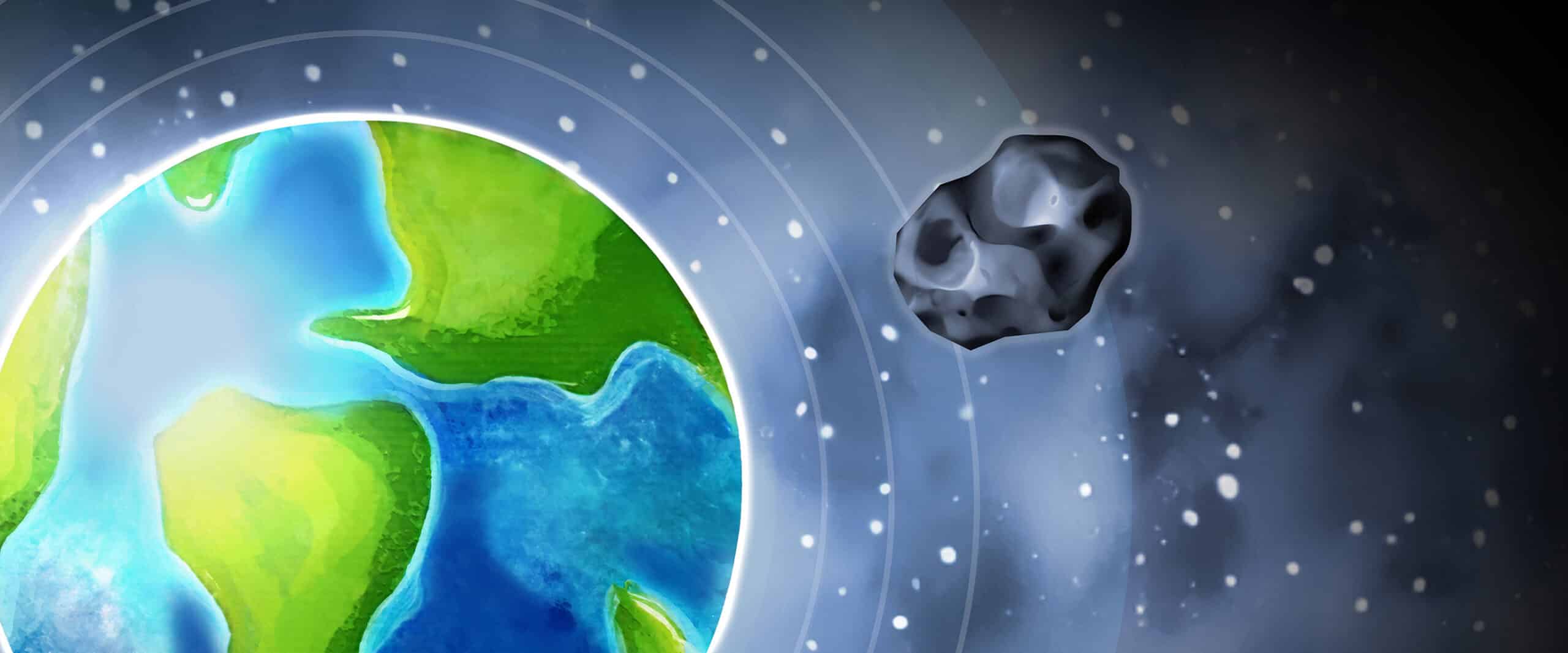An asteroid will soon become Earth’s second moon, but not for long
Asteroid 2024 PT5, which will not be visible to the human eye, will remain in Earth’s orbit until late November.
A study published in September in Research Notes of the American Astronomical Association reports that Earth is expected to gain a second mini-moon when an asteroid enters its orbit on September 29.
The asteroid, named 2024 PT5, is about 10 metres long and falls from the Arjuna asteroid belt, which shares a similar orbit around the sun as the Earth and is 150 million kilometres from the Sun.
Due to its dimness, the mini-moon is unlikely to be seen by the naked eye, even for those with a telescope.
Asteroid 2024 PT5 will become gravitationally bound to Earth and exit it after 56.6 days, on November 25, when the Sun’s gravity will cause it to return to the Arjuna belt.
Asteroids like 2024 PT5 come close to the Earth’s orbit, making them a type of Near-Earth object (NEO). According to the September study, Earth can frequently capture asteroids from the NEO population and pull them into orbit, turning them into temporary mini-moons.
The asteroid was discovered on August 7 by the Asteroid Terrestrial-impact Last Alert System in Sutherland, South Africa via telescope.
Asteroid 2024 PT5 will follow a horseshoe path and approach Earth at a close range of nearly 4.5 million kilometres and a low relative velocity of around 3,540 kilometres per hour.
“Under these conditions, the geocentric energy of the object may grow negative, and the object may become a temporary moon of Earth,” said the study’s lead author and researcher Carlos de la Fuente Marcos to Space.com. “This particular object will undergo this process starting next week and for about two months. It will not follow a full orbit around Earth.”
Given that 2024 PT5 will not complete a full orbit, it is classified as a short episode mini-moon, or temporary captured flyby, instead of a long episode, or temporary captured orbiter.
“A short mini-moon episode may last hours, days, weeks or a few months, and the affected object does not complete one revolution around Earth,” stated de la Fuente Marcos to NBC News. “On the other hand, long mini-moon episodes last at least for one year and probably more, and the object involved completes one or more revolutions about Earth.”
Short-episode mini-moons are more frequent, with several being detected every decade, while long-episode events are rarer, with events occurring every one or two decades on average.
Examples of temporarily captured orbiters include 2006 RH120, which remained in Earth’s orbit from July 2006 to July 2007, and the more recent 2020 CD3, first discovered in February 2020 but likely entered Earth’s orbit two or three years earlier.
As a temporary flyby, 2024 PT5 will join the ranks of 1991 VG, which briefly orbited Earth in February 1992 and 2022 NX1, which orbited Earth in 1981 and 2022 and re-enter Earth’s orbit in 2051.
While 2024 PT5, 1991 VG, and 2022 NX1 are the only published examples of short captures, de la Fuente Marcos stated there are several other undocumented instances of temporary flybys.
Robert Jedicke, U of T alumnus and astronomer at the University of Hawaii’s Institute for Astronomy, told CNN, “We think that there is about one dishwasher-size minimoon in the Earth-Moon system at any time, but they are so difficult to detect that most of them go undiscovered during the time that they remain bound to Earth.”
Jedicke also mentioned that, with its 10-meter diameter, the 2024 PT5 is the largest captured object discovered to date.
Astronomers say Asteroid 2024 PT5 is expected to make a flyby on January 9, 2025, and become Earth’s mini-moon again briefly in November 2055 and early 2084.
News Editor (Volume 51); Associate News Editor (Volume 50) — Samuel is a second-year student at UTM studying Politics and English. He previously worked with The Medium as an Associate News Editor and currently serves as the publication’s News Editor. Samuel is passionate about employing the power of writing to enhance our student community and hopes to help nurture a bright future for The Medium this year. In his spare time, Samuel can be found working out, creating music on the piano and drums, or exploring nature.


